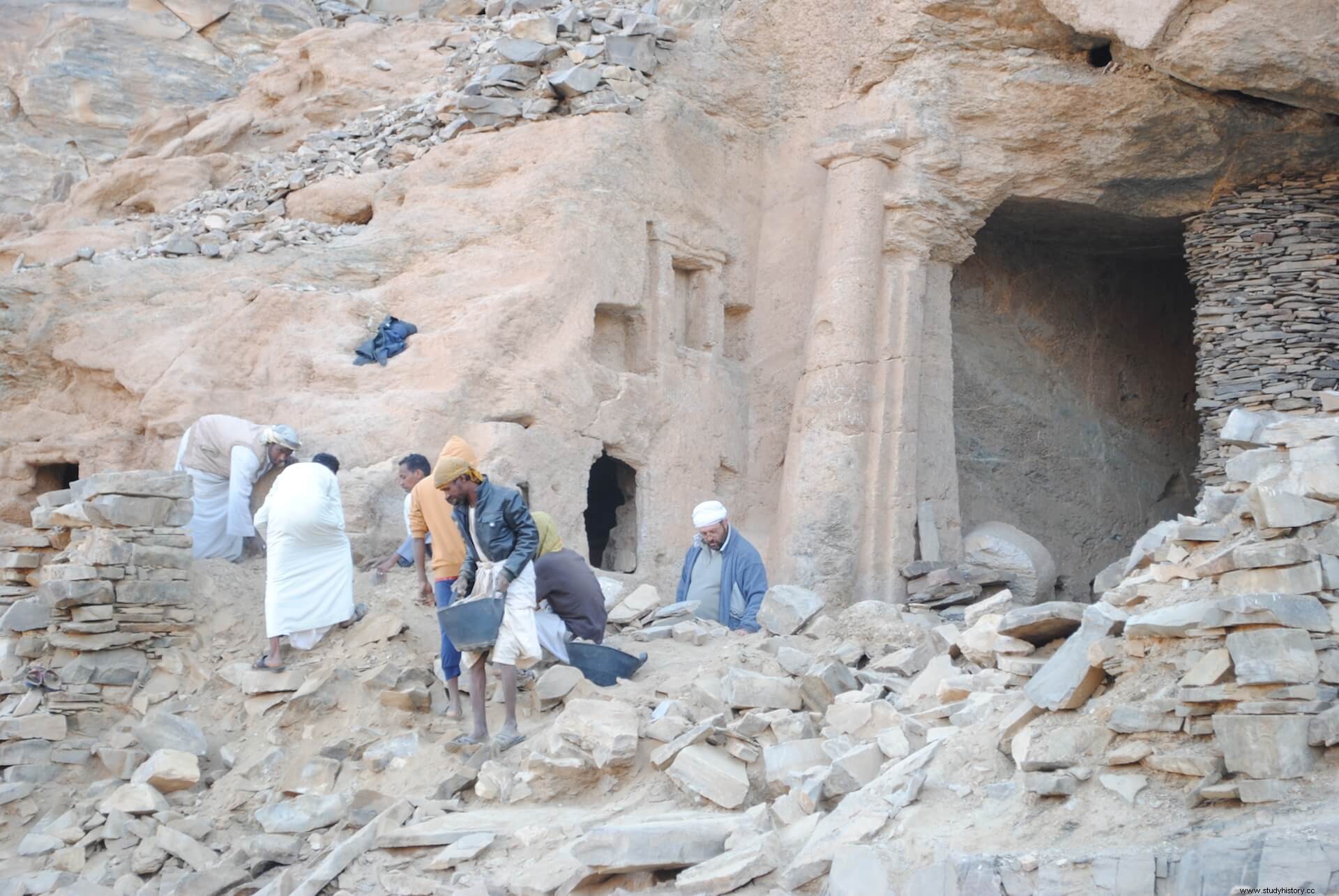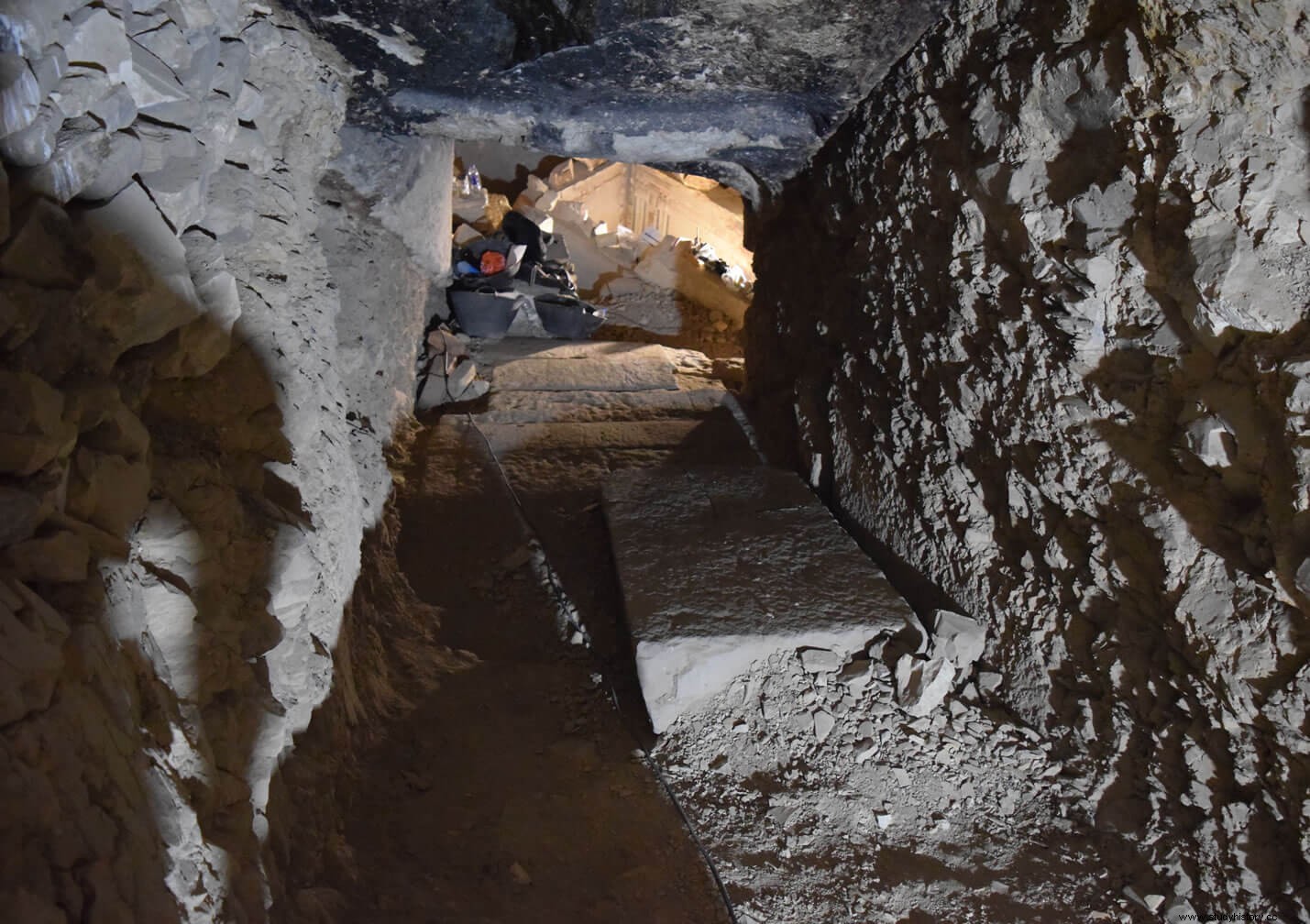
Ancient Egypt It provided more than 3,000 years of splendor from a civilization that has left an immense legacy and has fascinated travelers and scientists alike. This interest still continues and Spain has a long tradition of teams that carry out archaeological missions around the Nile Valley settlements. The Palarq Foundation is not unaware of this interest and aware of the tremendous importance that Egyptian culture still exerts, supporting different projects, some led by research groups that have been working in Egypt for between 25 and 50 years.
In general, they are international teams that join efforts to reach remote corners, where working is not easy, in very arduous conditions and, usually, excavations involve great technical and scientific preparation, with a large dose of responsibility for what they have in hand, a lot of fascination and passion to achieve the dream goals. It is a meticulous work, but a huge task, with doses of adventure and a lot of love for science.
This is the only way to understand that there are those who, year after year, return to places like Oxyrhynchus, Luxor, Qubbet el-Hawa, Thebes, the eastern desert or Djehuty in search of tombs, mummies, inscriptions, buildings that reveal the characteristics that defined a civilization impressive culture. The University of Barcelona, the University of La Laguna, the Association for Cooperation and Protection of the International Historical, Artistic and Archaeological Heritage (ACOPHIA)/National Archaeological Museum, the University of Jaén, the University of Alcalá, the Autonomous University of Barcelona and the Superior Council of Scientific Research are some of the institutions behind these projects.

The development of all of them, complementary to each other, help to advance in the knowledge of the different historical stages of Ancient Egypt, from very diverse visions and disciplines. Thus, for example, Heracleópolis Magna It was the first site excavated by the Spanish in Egyptian territory after the Nubian campaign on the occasion of the construction of the Aswan dam. And in Oxyrhynchus, where the Osireion has been found, a large underground area dedicated to Osiris, the god of fertility, they have been excavating for more than 25 years.
Other projects are more recent, but all contribute to obtaining data in this great puzzle yet to be completed about the knowledge of Ancient Egypt. The construction stages of the different monuments and buildings, as well as their functionality, are one of the objectives to be investigated, in addition to the necropolises that, with their respective anthropological studies, have allowed us to discover essential aspects of the population such as age, sex, pathologies, etc Religious rituals, ceramic and epigraphic studies, sculptures and landscape archeology or even emerald mining already in Roman times are also present.
In turn, these scientific investigations reinforce the cooperation between Egypt and Spain with the presence of students and graduates from the African country in the field work led by Spaniards, in teams that include Egyptologists, archaeologists, restorers, architects, geologists, anthropologists, photographers , ceramologists, etc.
All these studies also have their transfer to society. For this reason, museums, interpretation centers are promoted, talks are given, that is, it is intended that the population, and current humanity in general, can also enjoy these unique spaces.
Of all this, the Palarq Foundation echoes permanently through its website and from the different profiles it has on social networks (Twitter, Facebook, Linkedin).
